RHINOPLASTY
Rhinoplasty in Fairfield County
The external nose is composed of a combination of cartilage and bone. The superior 1/3 of the nose is primarily bone, while the inferior 2/3 is made of mostly cartilage. Rhinoplasty surgery involves contouring bone and cartilage to smooth out the dorsum of the nose seen on profile view, and reshaping and suturing the cartilage of the tip to improve the size and shape of the tip of the nose. Dr. Chandler received specialized training in advanced rhinoplasty techniques at Beth Israel Deaconess Medical Center – Harvard Medical School, while working with rhinoplasty expert Dr. Samuel Lin.
Open vs. Closed Rhinoplasty
Cosmetic rhinoplasty surgery can be broken down into two categories, open and closed rhinoplasty. A closed rhinoplasty involves incisions on the inside of the nose, which are closed with dissolvable stitches and are completely hidden from view. An open rhinoplasty means that in addition to incisions on the inside, there is an additional incision along the narrowest part of the columella of the nose, the area of skin between the nostrils on the underside of the nose. These incisions usually heal with an inconspicuous scar.
Dr. Chandler performs both open and closed rhinoplasty surgery in Fairfield County, Connecticut. The area of primary concern will determine whether you are a candidate for an open or closed rhinoplasty. If you are primarily concerned with reducing the dorsal hump seen on profile view or correcting asymmetry of the upper or middle part of the nose (anything above the tip), you are probably a good candidate for a closed rhinoplasty. If your concerns are focused on changing the shape or size of the tip, then an open rhinoplasty is likely necessary. During your consultation, Dr. Chandler will perform a complete assessment of your nasal anatomy and discuss each of your specific cosmetic concerns in detail to determine the correct procedure for you.
Dr. Chandler performs both open and closed rhinoplasty surgery in Fairfield County, Connecticut. The area of primary concern will determine whether you are a candidate for an open or closed rhinoplasty. If you are primarily concerned with reducing the dorsal hump seen on profile view or correcting asymmetry of the upper or middle part of the nose (anything above the tip), you are probably a good candidate for a closed rhinoplasty. If your concerns are focused on changing the shape or size of the tip, then an open rhinoplasty is likely necessary. During your consultation, Dr. Chandler will perform a complete assessment of your nasal anatomy and discuss each of your specific cosmetic concerns in detail to determine the correct procedure for you.
Difficulty with Nasal Breathing
If you suffer from difficulty breathing through your nose, you may require an additional consultation by an Otolaryngologist to determine if you are a candidate for septoplasty surgery. In this case, the septoplasty and rhinoplasty surgeries can be performed simultaneously.
RHINOPLASTY Q&A:
What kind of anesthesia is required?
Rhinoplasty surgery is performed under general anesthesia. Some local anesthesia is also used to minimize bleeding and to reduce postoperative pain.
How long does the procedure take?
The surgery takes anywhere from 2 to 4 hours, depending on the areas of aesthetic concern.
What is the recovery after rhinoplasty surgery?
A rhinoplasty is not a particularly painful procedure. Patients describe their recovery as more “uncomfortable” rather than painful. Some drainage for the first 48 hours is normal. There may be some bruising or discoloration that lasts for about 10 days; the extent of bruising varies based on the chosen procedure. An external splint is kept on for one week, and occasionally internal splints are used. There will be swelling in the nose, most of which resolves in 4-6 weeks. A residual amount of swelling persists and will gradually dissipate over months, up to one year after surgery. Head elevation is important in reducing swelling, especially for the first few days after surgery. Patients with minimal discoloration may feel presentable in a public situation at one week, while others feel more comfortable at two weeks.
Will my nose look completely different after a rhinoplasty?
Many patients who seek rhinoplasty surgery are not looking for a drastic change in the appearance of their nose. Although small changes in the nose are easily noticeable, it is possible to achieve subtle improvements in the aesthetic of your nose while still maintaining your identity after surgery. During your consultation, Dr. Chandler will have a full discussion with you about your expectations, including the amount of overall change your are hoping to achieve.



